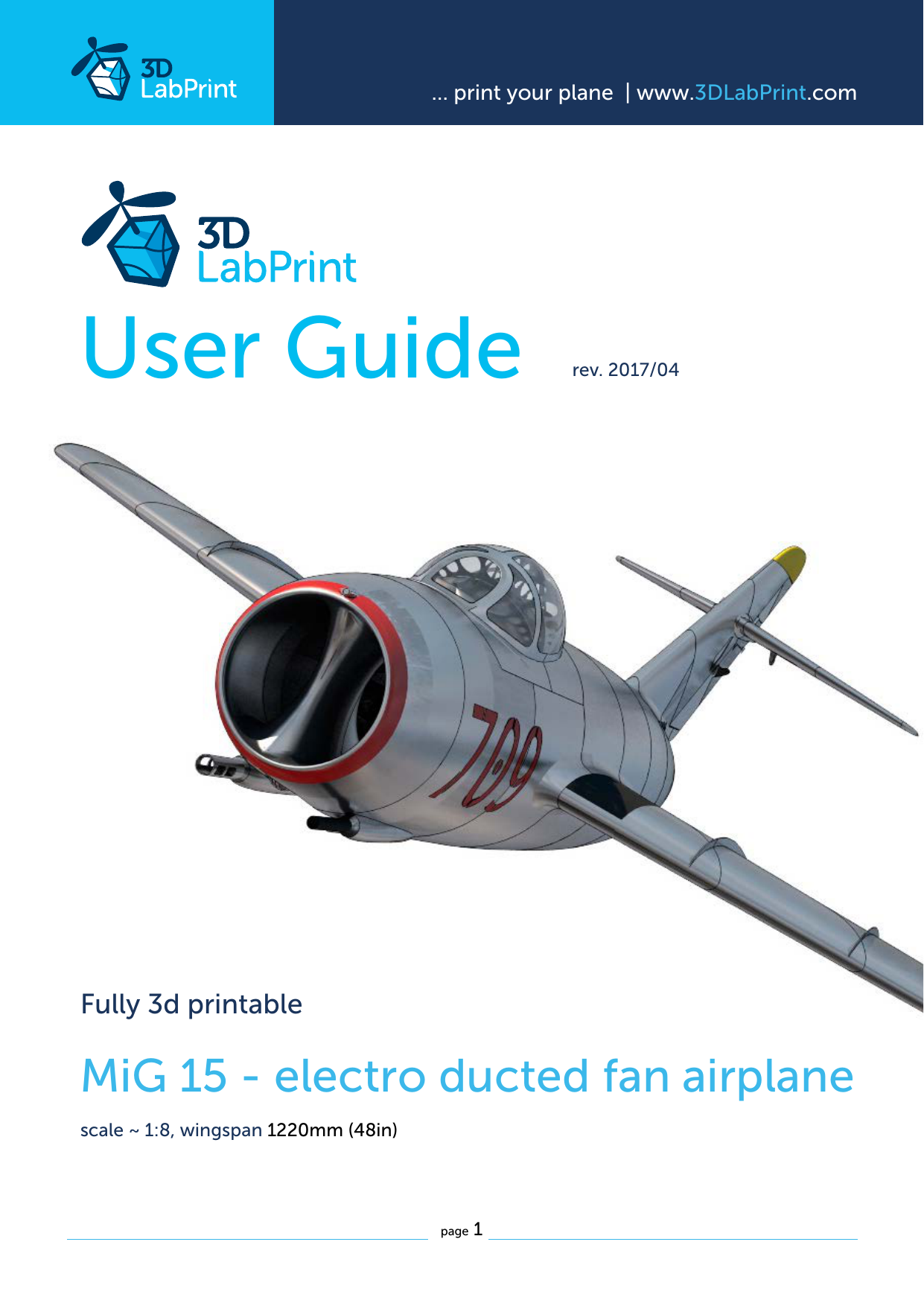
The significance of this was that a Messerschmitt Bf 109 E fighter aircraft would be able to switch seamlessly from level flight to an immediate steep dive without creating any difficulties for the engine, since an uninterrupted fuel supply would be guaranteed by means of the injection pump. The Rolls Royce Merlin was a powerful 1,030 bhp (768 kW) carburetted engine, the float chambers of which were liable momentarily to interrupt the fuel supply when the aircraft was subject to negative G-force, thereby causing the engine to misfire.

This engine had a specific, decisive advantage in relation to its British counterpart, the Rolls Royce Merlin II V-12 engine, which was installed in both the Spitfire as well as the Hurricane: its fuel injection. One of the most important trump cards of the German Messerschmitt Bf 109 E fighter compared to the British fighter aircraft of the years 1939-1940, the Hawker Hurricane Mark I and the Supermarine Spitfire Mark I and Mark II, was the former’s very powerful 1175 bhp (876 kW) Daimler-Benz-DB-601Aa V-12 injection engine. Consequently the British pilots would be reduced from a group that had strength in numbers to isolated, individual fighters. The only way out for the British fighter aircraft would be for them to break formation and scatter. The inflexible British formation with its section of three aircraft-the vic-was tailor-made for this kind of German attack strategy since a measured counter manoeuvre by the British was almost impossible. After the attack they would immediately dive away only to pull out of the half loop and initiate a further attack. The Germans would attempt to avoid being drawn into a dogfight, but would instead choose the surprise attack from above with the sun behind them, in order to blind their opponent. This had a considerable influence on the preferred combat tactics of the two sides. The slight difference at level flight was of scarcely any significance, but when climbing-at least at altitudes below 20,000 feet-and diving, an Me 109 pilot would be likely to leave any Supermarine Spitfire struggling in its wake. The Spitfire was somewhat faster at altitudes above 20,000 feet, it was slower at lower altitudes. When it came to maximum speed at level flight there was little to choose between either model: Spitfire (365 mph, 587 km/h), Me 109 E-1 (354 mph, 570 km/h). However the Spitfire turns more tightly, and is able to fire the bullets from its complement of eight machine guns ahead of the German Me 109 fighter and into its flight path, greeting the pilot with a hail of bullets.

Instead of diving, which would be the correct action, the German pilot turns to the left.

Here a Spitfire is sitting on the tail of an Me 109 in firing position. It is the same problem again only this time more perilous for the German pilot. The better climbing and diving qualities of the latter are of no use to the pilot in this situation: the bullets from the two machine guns and the two cannon simply pass harmlessly by the tail of the pursued Spitfire and into empty space. The Spitfire turns as tightly to the left as possible which is more tightly, than the German Me 109 is able to do. Similar to the case of the Hurricane the Spitfire was superior to the Messerschmitt Bf 109 fighter in a dogfight, since it had considerably better turning ability than its German arch rival.Ī German Me 109 E is in pursuit of a British Spitfire Mk.

The Supermarine Spitfire was a very serious rival to the German Messerschmitt Bf 109, abbreviated Me 109, and it developed during the Battle of Britain in 1940 into a very worthy opponent, although one with different flying qualities.


 0 kommentar(er)
0 kommentar(er)
